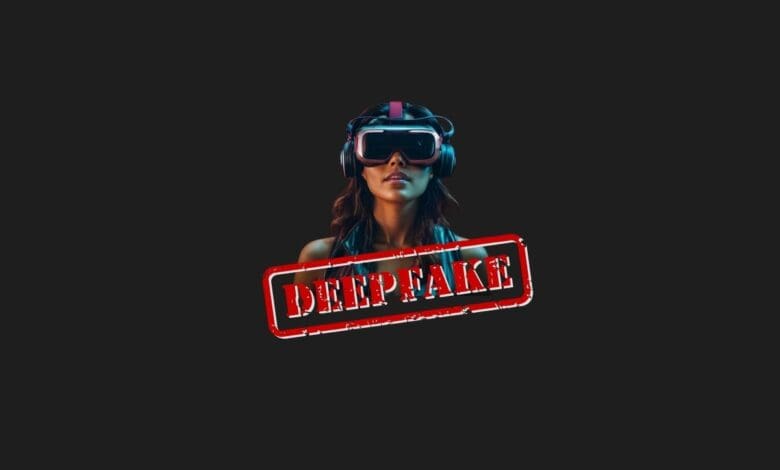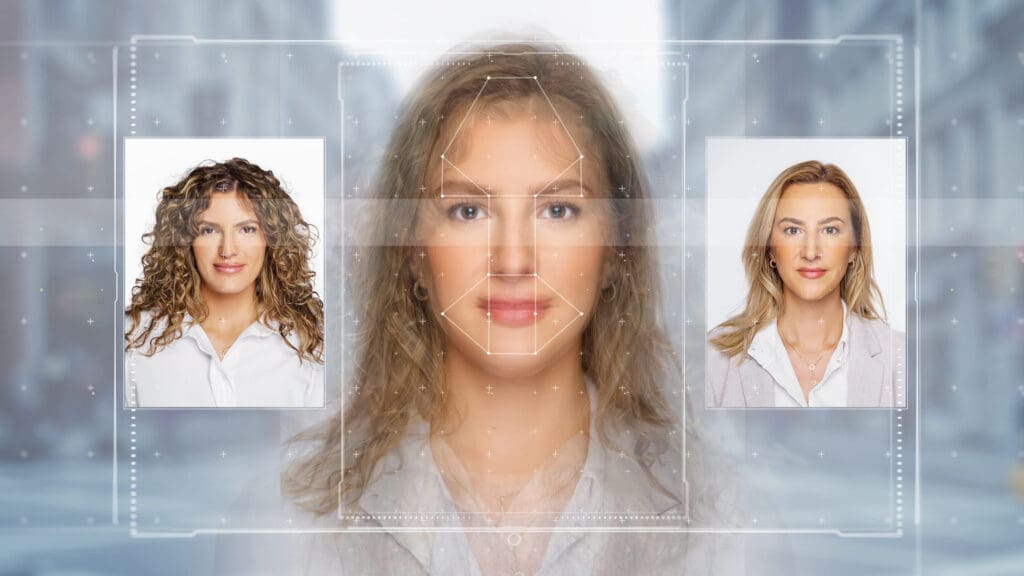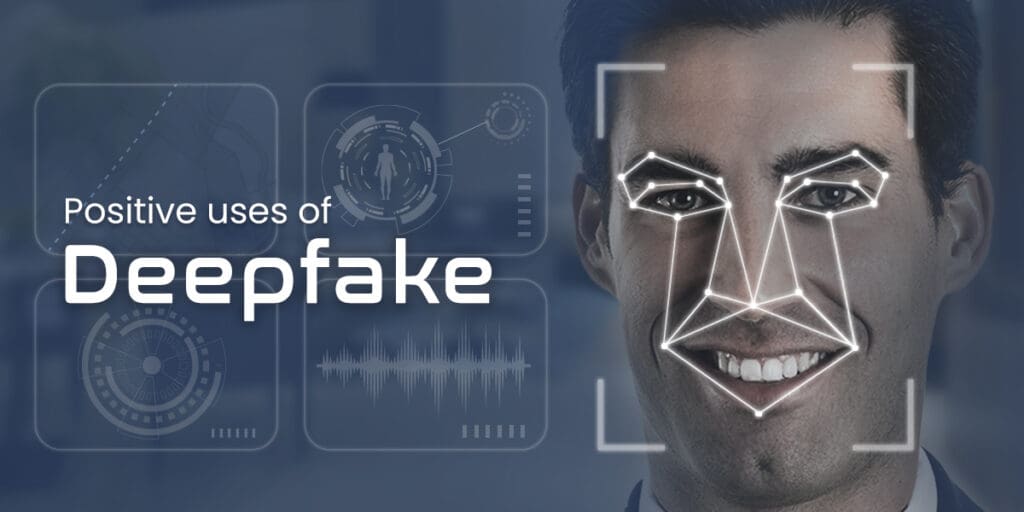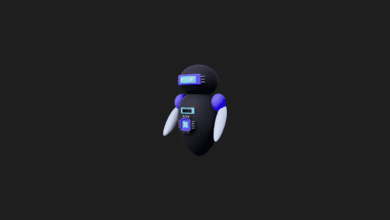Recognizing Deepfake Videos: Unveiling the Illusion of Reality

The swift progress of artificial intelligence (AI) propels us forward almost daily, introducing innovations that both excite and challenge our perceptions of reality. Among these technological advancements, the concept of deepfakes stands out due to its potential for creating confusion between reality and AI-generated falsehoods.
A deepfake is typically produced using AI techniques to forge or manipulate audio recordings, videos, or images. For instance, it’s possible to alter a video of an individual to make it appear as if they’re saying something entirely different from their actual statement. Similarly, someone’s images can be manipulated to show them engaging in activities or making statements they never did. Achieving this level of realism involves sophisticated manipulation of a few images or videos, making it increasingly difficult to discern the authenticity of such content.
In this discussion, we aim to shed light on strategies for identifying deepfakes, enhancing our ability to distinguish between genuine and artificially created content.
How to spot a deepfake?

- You can pay attention to the wink of the person in the video.
- You can look at the harmony between body language and facial expressions.
- You can examine the mouth of the person in the image more carefully.
- You can pay attention to the details of the face.
- You can look at audio incompatibilities.
- You can pay attention to the focus of the eyes.
- You can look at other images, videos, or audio of the person in the image.
- You can consider light and shadow mismatches.
- You can do localized review.
- You can try deepfake detection software.
You can pay attention to the wink of the person in the video.
Focusing on the frequency of blinking can serve as a method to identify if a video is a deepfake. On average, a person blinks nearly 10 times per minute. However, in some deepfake videos, this rate may significantly deviate from the norm, either increasing or decreasing, leading to an unnatural appearance in the video. Despite this, the discrepancy might not be readily noticeable while watching the video.
Hence, observing the blinking patterns of individuals in videos can provide insights into their authenticity. This approach can help in determining whether a video is a deepfake, offering a clue about its genuineness.
You can look at the harmony between body language and facial expressions.

Creating a fully fake image of a person requires considerable effort, which is why many deepfakes focus primarily on swapping faces. To detect a deepfake, one can examine the proportions between the body and face, as well as the consistency between facial expressions and body language.
Similarly, it’s beneficial to pay attention to how well facial expressions match up with sounds. This approach helps identify mismatches or inconsistencies that could indicate the presence of a deepfake.
You can examine the mouth of the person in the image more carefully.
When we speak, our tongue assumes various positions within our mouth to produce the correct sounds. However, current deepfake technology often fails to accurately replicate this complexity. In deepfake videos, the tongue might appear unusually static or incorrectly positioned in the mouth while the individual is speaking. As a result, any obscurity within the mouth area or an unnaturally still tongue can be indicators of a deepfake.
Similarly, a mismatch between the voice and the person’s lip movements might occur. Although advancements in deepfake technology have significantly reduced such discrepancies, imperfect deepfakes with these issues can still be found. Recognizing these signs can help in identifying deepfakes.
You can pay attention to the details of the face.

Deepfakes frequently attempt to refine facial details to the point of exaggeration, leading to overly corrected features. This can result in images with unnaturally shiny skin textures, overly bright pupils, and flawless facial features.
Given that a typical human face usually exhibits imperfections, spotting such unnaturally perfect cues can help in determining whether the image is a deepfake. Recognizing these overly idealized characteristics provides a means to identify artificially created content.
You can look at audio incompatibilities.
Deepfake audio may not accurately replicate the nuances of real speech, such as the wave patterns, frequency, melody, intonations, and accents. The audio might fluctuate in an irregular and artificial manner. While not everyone may easily notice these subtleties, experts in the field, such as linguists, can often determine whether the sound is a product of deepfake technology. Their expertise allows them to identify discrepancies that suggest the audio has been artificially generated.
You can pay attention to the focus of the eyes.
When we speak, our eyes typically focus on an object or person, displaying engagement and expression. However, deepfakes may lack this natural focus, resulting in eyes that appear dull, expressionless, and artificial, and sometimes exhibit unusual focus. By examining the eyes more closely, one can gather clues about whether an image is a deepfake.
Moreover, paying attention to the eyes can reveal abnormalities such as unnatural light reflections or incorrect pupil sizes, which can further indicate the presence of a deepfake image. Identifying these inconsistencies can help in discerning between genuine and artificially created content.
You can look at other images, videos, or audio of the person in the image.
Everyone possesses distinctive physical traits, body language, and speech patterns, including the specific emphases we apply while speaking, which can vary significantly. To determine whether an individual’s image or video is a deepfake, one can conduct comparisons with their other videos, images, or audio recordings.
If there are deviations in tones, movements, or any aspect of their appearance that diverge from their typical behavior or look, it may indicate the presence of a deepfake. Identifying such inconsistencies can help in discerning the authenticity of the content.
You can consider light and shadow mismatches.
Deepfake images or videos often lack the natural light and shadow effects found in genuine content. Therefore, by meticulously examining the lighting and shadows in a suspicious image, inconsistencies and unnatural reflections can be identified. This method helps in detecting discrepancies that are typical of artificially generated images, providing clues to their authenticity.
You can do localized review.
To identify a deepfake video, you can focus on localizing your review. For instance, examine the geographical features of the region depicted in the video, including language, slang, weather conditions, background elements, clothing, or any inconsistencies related to its cultural aspects. This approach enables the detection of out-of-place or conflicting details that may reveal the video’s artificial nature.
You can try deepfake detection software.
For more thorough verification processes, deepfake detection software or online detection systems, which require taking a real-time selfie or submitting a video link, can be utilized. This approach significantly simplifies the process of discerning whether an image or sound is a deepfake.
We have explored various strategies for identifying deepfake images, audio, or videos. It’s crucial to acknowledge that deepfakes are not always easily detectable, and distinguishing them will become increasingly challenging as the technology evolves. Consequently, skepticism towards the content we encounter will become essential, necessitating multiple layers of scrutiny.
You may also like this content
- AI Tools Are Coming to Opera Android: Here Are the Innovations
- Top 6 Essential AI APIs for Developers to Integrate Into Your Projects in 2026
- 10 Best AI Tools on Your Phone: Top Mobile Apps for iOS & Android (2026)
Follow us on TWITTER (X) and be instantly informed about the latest developments…











